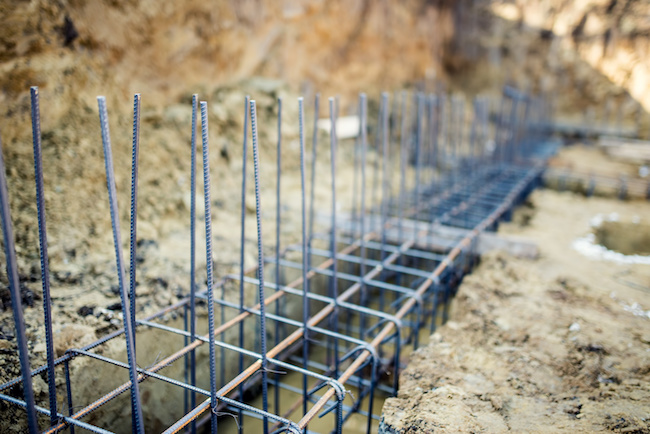
Canada Infrastructure Bank aims to take P3s ‘a step further’
By David Kennedy
InfrastructureKick-starting projects that may otherwise never have been built, CEO Pierre Lavallée expects the new institution to be good news for contractors

The infrastructure financing vehicle will focus on public transit, trade and transportation as well as green energy projects
Much of the federal cash up for grabs in Canada’s $180 billion infrastructure plan will reach construction firms through tried and true methods, such as provincial and municipal contracts or public private partnerships (P3s). But there’s at least one wildcard in Ottawa’s infrastructure deck.
The much-touted Canada Infrastructure Bank, an institution set up to foster private sector interest in financing, building and operating major infrastructure, could coax a new breed of investors into what’s traditionally been government territory.

PHOTO: Canada Infrastructure Bank
Pierre Lavallée, who started work as the CIB’s new president and CEO in June, says the arms-length government body could begin making investments next year. Though later than initially hoped, the novel investment vehicle has been allotted some $35 billion over the next decade to help lure private investors into the public works business. Far from chump change, the government dollars and potential for private profits could alter the infrastructure landscape, and greatly benefit builders in the process.
Lavallée says he believes the bank will be good for contractors. “Our intent is not to replace the successful P3 model,” he says. “We will be a new option for funding infrastructure projects that might otherwise not get built.”
“P3 arrangements typically include payments from the government when an asset becomes available – this model transfers construction and operating risk to private parties. The bank will use a co-investment model that takes the involvement of the private sector a step further to assume risks relating to usage or revenue. The bank’s co-investment can mitigate some of the usage and revenue risks for private-sector and institutional investors, or ‘inject’ capital at key points, making projects more attractive.”
The bank’s mandate encompasses revenue-generating projects that are in the public interest and at least partly within Canada. It expects to focus on public transit, trade and transportation as well as green energy projects.
Lavallée would not comment on specific projects, but says the bank has received several “promising proposals” that it’s currently working on with its partners.
While most projects are expected to focus on Canada, at least one U.S. state is actively exploring using the new Canadian institution to its own advantage. A report prepared for the Washington State Department of Transportation released earlier this year says the CIB could provide a “key” source of funding for an ultra high-speed rail line connecting Vancouver, Seattle and Portland.
The potential project, and others like it, would likely require close cooperation between Canada and its southern neighbour.
This article is an excerpt from On-Site’s 2018 Infrastructure Report.




